
The Pomo are a Native American people of California. Historical Pomo territory in Northern California was large, bordered by the Pacific Coast to the west, extending inland to Clear Lake, and mainly between Cleone and Duncans Point. One small group, the Tceefoka, lived in the vicinity of present-day Stonyford in Colusa County, separated from the core Pomo area by lands inhabited by Yuki and Wintuan speakers.
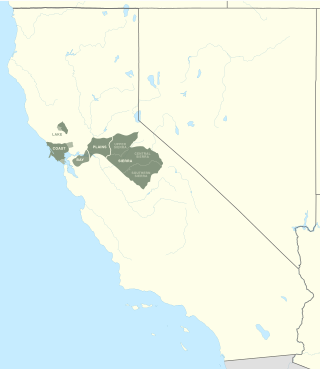
The Miwok are members of four linguistically related Native American groups indigenous to what is now Northern California, who traditionally spoke one of the Miwok languages in the Utian family. The word Miwok means people in the Miwok languages.

The Coast Miwok are an Indigenous people of California that were the second-largest tribe of the Miwok people. Coast Miwok inhabited the general area of modern Marin County and southern Sonoma County in Northern California, from the Golden Gate north to Duncans Point and eastward to Sonoma Creek. Coast Miwok included the Bodega Bay Miwok, or Olamentko (Olamentke), from authenticated Miwok villages around Bodega Bay, the Marin Miwok, or Hookooeko (Huukuiko), and Southern Sonoma Miwok, or Lekahtewutko (Lekatuit). While they did not have an overarching name for themselves, the Coast Miwok word for people, Micha-ko, was suggested by A. L. Kroeber as a possible endonym, keeping with a common practice among tribal groups and the ethnographers studying them in the early 20th Century and with the term Miwok itself, which is the Central Sierra Miwok word for people.
The Bay Miwok are a cultural and linguistic group of Miwok, a Native American people in Northern California who live in Contra Costa County. They joined the Franciscan mission system during the early nineteenth century, suffered a devastating population decline, and lost their language as they intermarried with other native California ethnic groups and learned the Spanish language.

Sonoma Valley is a valley located in southeastern Sonoma County, California, in the North Bay region of the San Francisco Bay Area. Known as the birthplace of the California wine industry, the valley is home to some of the earliest vineyards and wineries in the state, some of which survived the phylloxera epidemic of the 1870s and the impact of prohibition in the early 20th century. Today, the valley's wines are promoted by the U.S. federal government's Sonoma Valley and Carneros AVAs.

The Patwin are a band of Wintun people in Northern California. The Patwin comprise the southern branch of the Wintun group, native inhabitants of California since approximately 500.
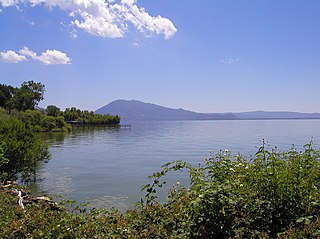
The Lake Miwok are a branch of the Miwok, a Native American people of Northern California. The Lake Miwok lived in the Clear Lake basin of what is now called Lake County. While they did not have an overarching name for themselves, the Lake Miwok word for people, Hotsa-ho, was suggested by A. L. Kroeber as a possible endonym, keeping with a common practice among tribal groups and the ethnographers studying them in the early 20th Century and with the term Miwok itself, which is the Central Sierra Miwok word for people.
Gregory Michael Sarris is the Chairman of the Federated Indians of Graton Rancheria and the current Chair of the Board of Trustees of the Smithsonian's National Museum of the American Indian. Until 2022, Sarris was the Graton Rancheria Endowed Chair in Creative Writing and Native American Studies at Sonoma State University, where he taught classes in Native American Literature, American Literature, and Creative Writing. He is also President of the Graton Economic Development Authority.

The Plains and Sierra Miwok were once the largest group of California Indian Miwok people, Indigenous to California. Their homeland included regions of the Sacramento Valley, San Joaquin Valley, and the Sierra Nevada.
The Graton Rancheria was a 15.45-acre (62,500 m2) property in the coastal hills of northern California, about two miles (3 km) northwest of Sebastopol. The site is about 1.5 miles (2.4 km) southwest of the hamlet of Graton, population 1,815 in 2000. The area is a few miles west of Santa Rosa, the largest of Sonoma County's nine cities and the County seat, population 147,595 in 2000. It was a former rancheria for Central Coast and Central valley tribes, including the Southern Pomo, a Hokan-speaking tribe, and Coast Miwok.
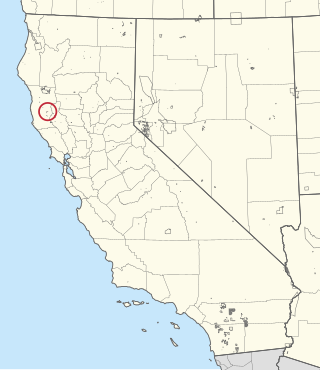
The Redwood Valley Rancheria is a federally recognized Indian tribe located in Redwood Valley, Mendocino County, California. The tribe is primarily composed of Pomo Indians. Redwood Valley Rancheria is a sovereign Indian tribe with the powers of self-governance.
The Advisory Council on California Indian Policy (ACCIP) was created by an act of the United States Congress and signed by President George H. W. Bush on October 14, 1992. It provided for the creation of a special advisory council made up of eighteen members with the purpose of studying the unique problems that California Native Americans face in receiving federal acknowledgment. Additionally, they were given the task of studying the social and economic conditions of California natives, “characterized by, among other things, alcohol and substance abuse, critical health problems, family violence and child abuse, lack of educational and employment opportunities, and significant barriers to tribal economic development.” Under the provisions for the act, the Advisory Council was to make recommendations regarding California Indian policy to the Congress and the Departments of the Interior and of Health and Human Services.
The Manchester Band of Pomo Indians of the Manchester Rancheria, formerly named the Manchester Band of Pomo Indians of the Manchester-Point Arena Rancheria, is a federally recognized tribe of Pomo Indians in California. The tribe is a community of Pomo Native Americans who are native to Northern California. The Bokeya society are enrolled in the Manchester Band of Pomo with the approval of their constitution and by-laws in 1936.
The Cloverdale Rancheria of Pomo Indians of California is a federally recognized tribe of Pomo Indians in California. The tribe is currently considered "landless", as they do not have any land that is in Federal Trust. In 2008 they acquired approximately 80 acres (32 ha) of property on the southern end of Cloverdale, California. The property is currently going through the Fee to Trust process to become the tribe's landbase.
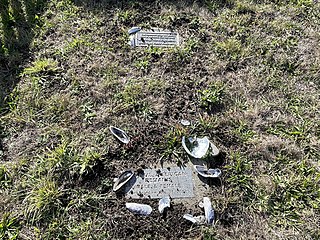
The Sherwood Valley Rancheria of Pomo Indians of California is a federally recognized tribe of Pomo Indians in California.
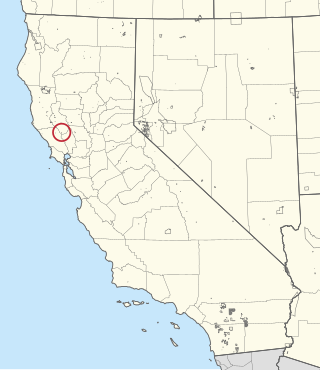
The Middletown Rancheria of Pomo Indians of California is a federally recognized tribe of Pomo Indians, as well as some Wappo and Lake Miwok Indians, in California, headquartered in Middletown, California.
The Miwok are four Native American groups in Northern California.









